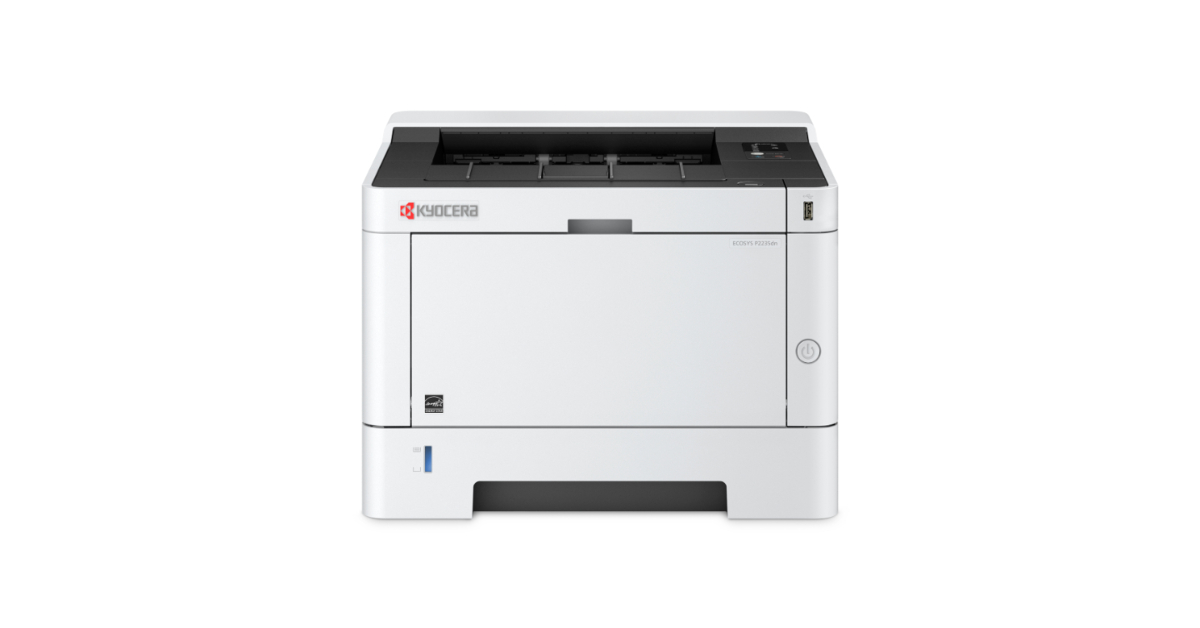2 min read
7 must-have printer features for a hybrid work environment
Without a doubt, the COVID-19 pandemic has ousted the traditional office setup from its chief status as "the way we work". More than ever before...
Benefit from smart ideas, lower costs, greater productivity. Choose from award-winning printers, software solutions and consumables
Personalised technology solutions to help your organisation gain a competitive advantage
Discover howWe combine professional expertise with a human kind of partnership
Get the right help and advice, register a product and see why our commitment to you matters.
Discover our brand, our global activities and commitments
3 min read
Bill Christoforou 28/09/2020 9:00:00 AM

Multifunction printers (MFPs) are key to enabling remote collaboration and productivity. But how do you choose the right MFP for your workers when there are numerous brands and models on the market, with different features and capabilities available? In this post, we share some tips on how to choose the best multifunction printer to meet the specific needs and preferences of your business.
MFPs are useful for hybrid workplaces, in particular, because they combine print, scan, fax and copy functions in one multi-tasking device, enabling remote employees to collaborate effectively with their colleagues. Additionally, their low purchase and running costs appeal to budget-conscious businesses. Compared to running multiple devices for each function, the best multifunction printers help organisations save on power bills and consumables, as well as office space, both at home or in a shared workplace.
It is important to choose an MFP that best fits your business needs – one that meets your requirements, integrates well with current systems, and saves you time and money in the long run. Here are a few areas to consider:
These are some of the questions that can help you assess your business printing needs:
Once you have a clearer picture of your printing requirements, it will be easier for you to determine the number of MFPs and the functionalities that your business needs.
When choosing the best multifunction printer for your business, you must look at the total cost of ownership (TCO). This not only includes the purchase price but also the long-term expenses associated with your printer, such as energy, consumables, maintenance and repair costs. Without careful consideration, the lifetime cost of your printer could end up being two to three times your initial investment.
TCO is particularly important in hybrid workplaces, where you will operate more MFPs than you would in a traditional office set-up, potentially driving up costs if you don’t choose cost-effective devices. This Guide to Calculating Total Printing Costs can help determine your devices’ total cost of ownership and show you how to significantly reduce ongoing costs during the life of your printers.
Is the printer eco-friendly? As speed and quality of printing matter, so does energy efficiency, particularly for remote employees. An energy-efficient device is good for the environment and reduces your overall printing costs.
But this isn’t the only way to reduce the environmental impact of your print and document management operations. Consider choosing brands that support reducing your carbon footprint by opting for eco-friendly manufacturing, distribution, maintenance and disposal processes for their devices.
Kyocera’s printers, for instance, include cartridge-free ECOSYS technology that is capable of printing up to 600,000 pages without the need to replace the print drum. This translates to a lower cost of consumables and a significant reduction in disposable waste. We also offer our customers a certified recycling program when their printer reaches the end of its life, diverting more than 90% of e-waste from landfill.
Does the manufacturer provide written service and support standards for its MFPs? Do their service standards include the cost of periodic maintenance, consumable usage and availability, and software upgrades and compatibility? Depending on your business needs, a Managed Print Service may work better for you to ensure a well-maintained, cost-efficient (less breakdowns or software problems) and a durable fleet of MFPs.
The ease of use is always an important factor when choosing a new multifunction printer. However, this is even more critical in a hybrid workplace, where workers are decentralised. You’ll want to make sure that you’re choosing an MFP that is user-friendly and decreases your employees' reliance on tech support, rather than increasing it. In fact, the best multifunction printers can be set up and monitored remotely, making onboarding new workers and managing numerous devices significantly easier for your IT team.
What are your company’s needs in terms of printer connectivity? Do you need printer features such as USB ports, memory cards, Bluetooth and network integration with AirPrint or other software being used to print documents in your office?
Whatever your connectivity requirements, you must also make sure that your new device meets your company’s document security policies. Specialised MFPs for businesses should provide various printer security features, such as password protection, network authentication and data encryption, which a standard consumer printer doesn’t have.
Have you checked the reviews online? When making the decision to purchase an MFP, it’s a good idea to check user and third-party assessments such as Goodgearguide, CNET, Choice and Product Review for unbiased reviews on the printers you are looking to purchase.
There are a number of things to consider when choosing the best multifunction printer. We suggest starting by understanding your company’s printing habits, requirements and workspace setup. Each business is unique, and clearly understanding your organisation’s needs makes the search for the right MFP a lot simpler.
Enhancing productivity, streamlining processes and driving business growth can all be achieved through effective digital optimisations and collaborative strategies. So if you want to elevate your workplace to the next level, download our comprehensive guide to digital workplaces.
Kyocera Document Solutions provides innovative products, software and ICT services for hybrid work environments, enabling businesses to implement smart workplace solutions that drive business transformation and resilience.

2 min read
Without a doubt, the COVID-19 pandemic has ousted the traditional office setup from its chief status as "the way we work". More than ever before...

5 min read
Printers have long been a staple of the modern office environment, evolving over decades to become the contemporary multifunction device that many of...

2 min read
In a new age of digital threats, it can be easy to forget one of the essential devices of the modern workplace: the printer. Printer security risks...